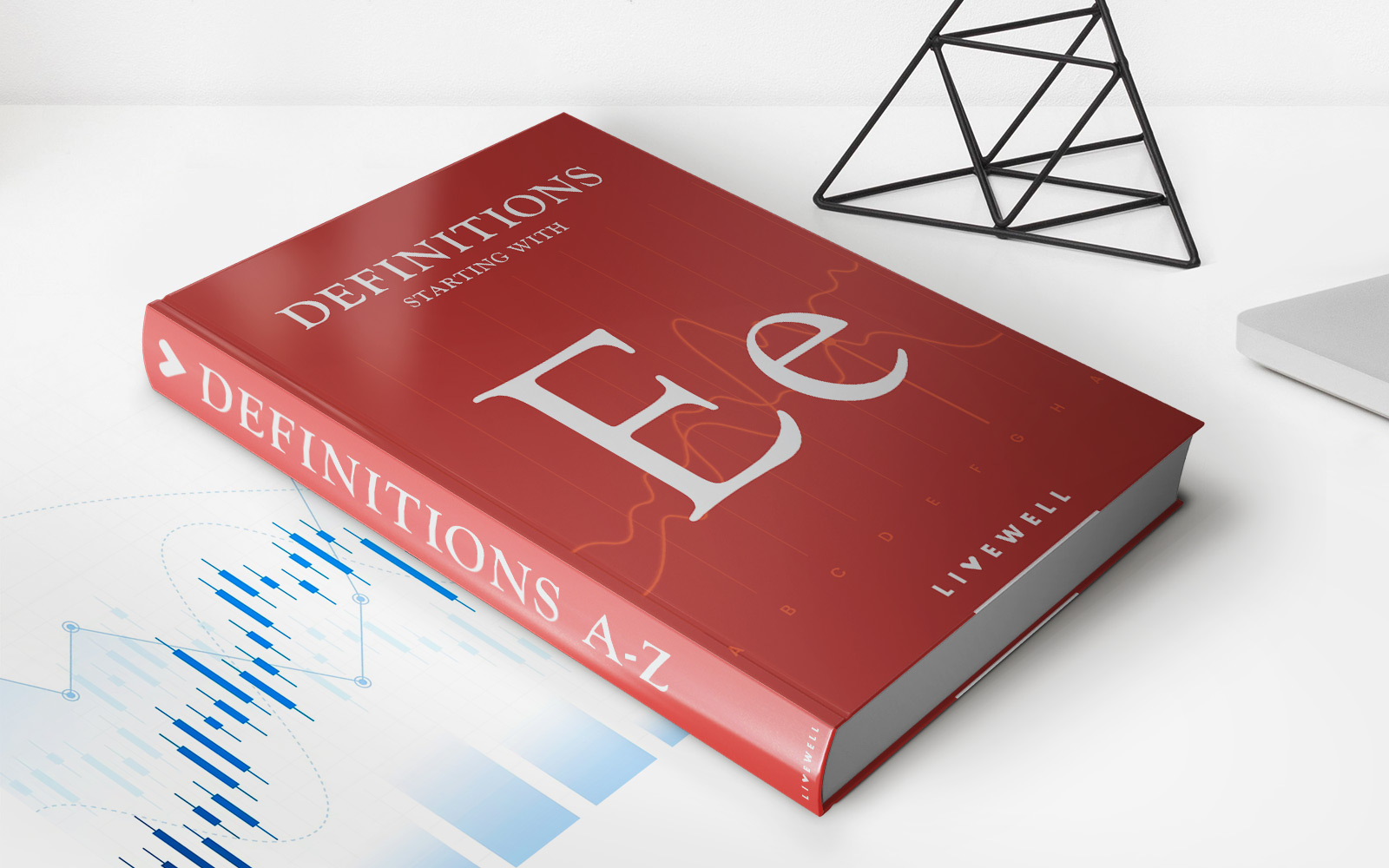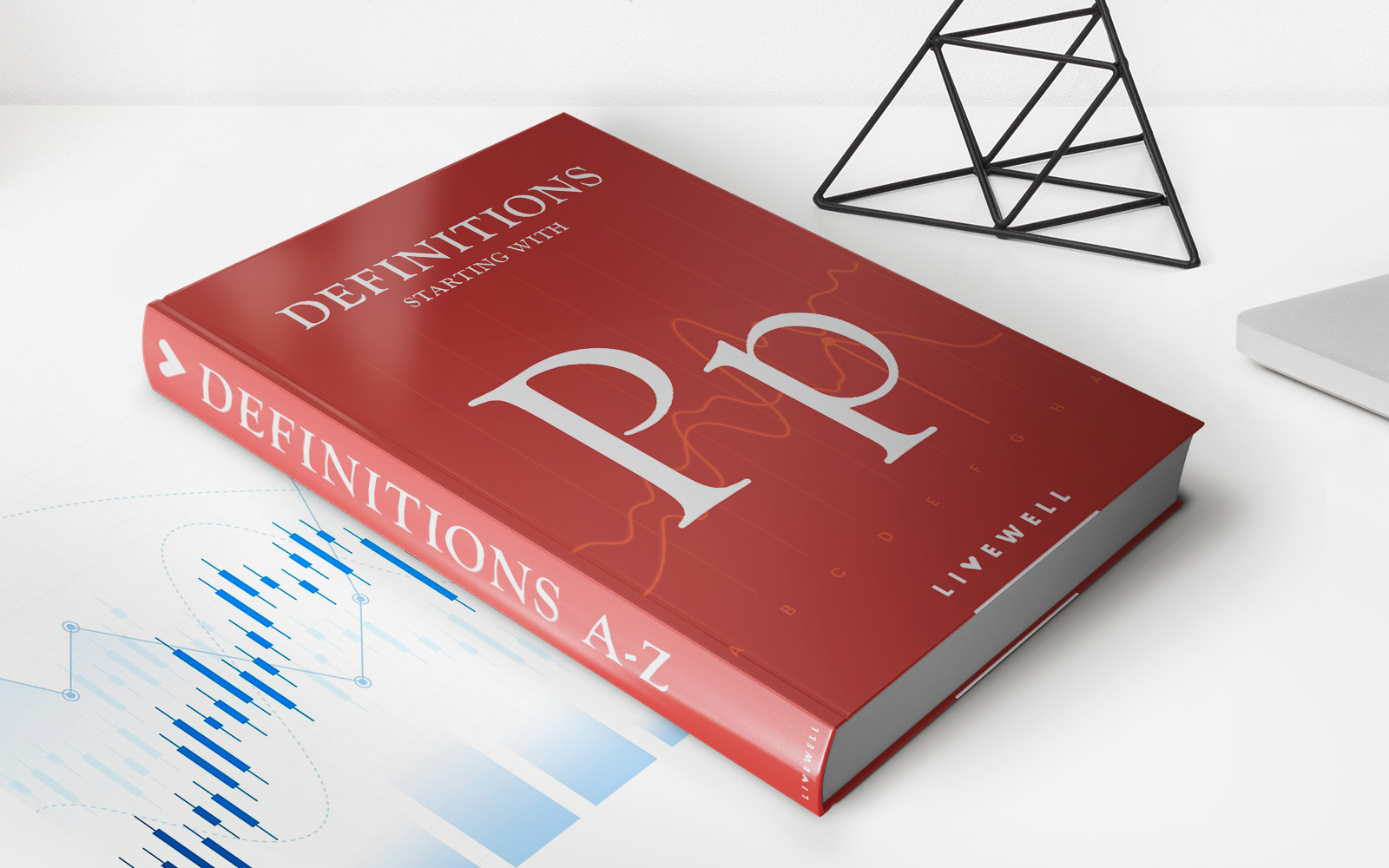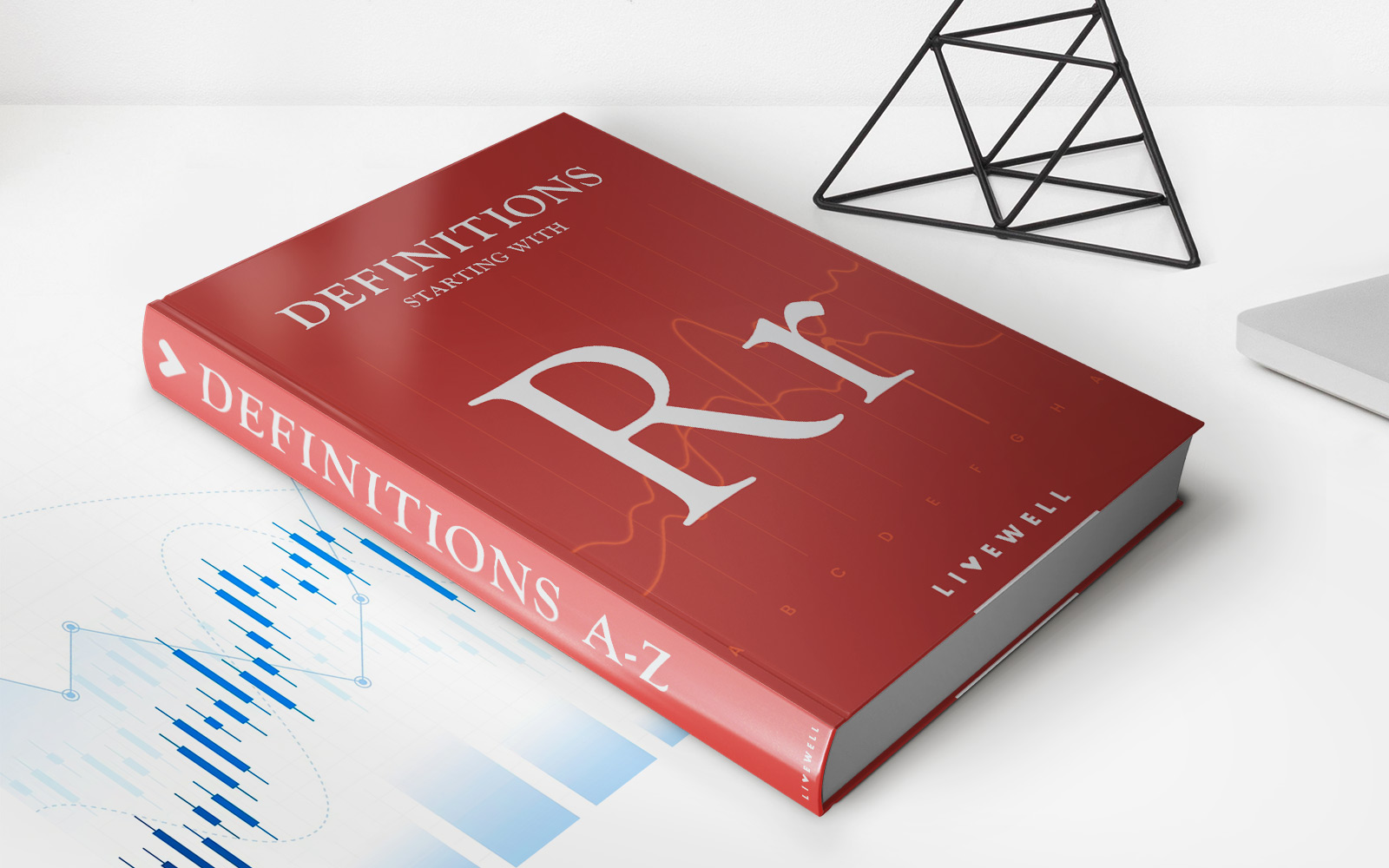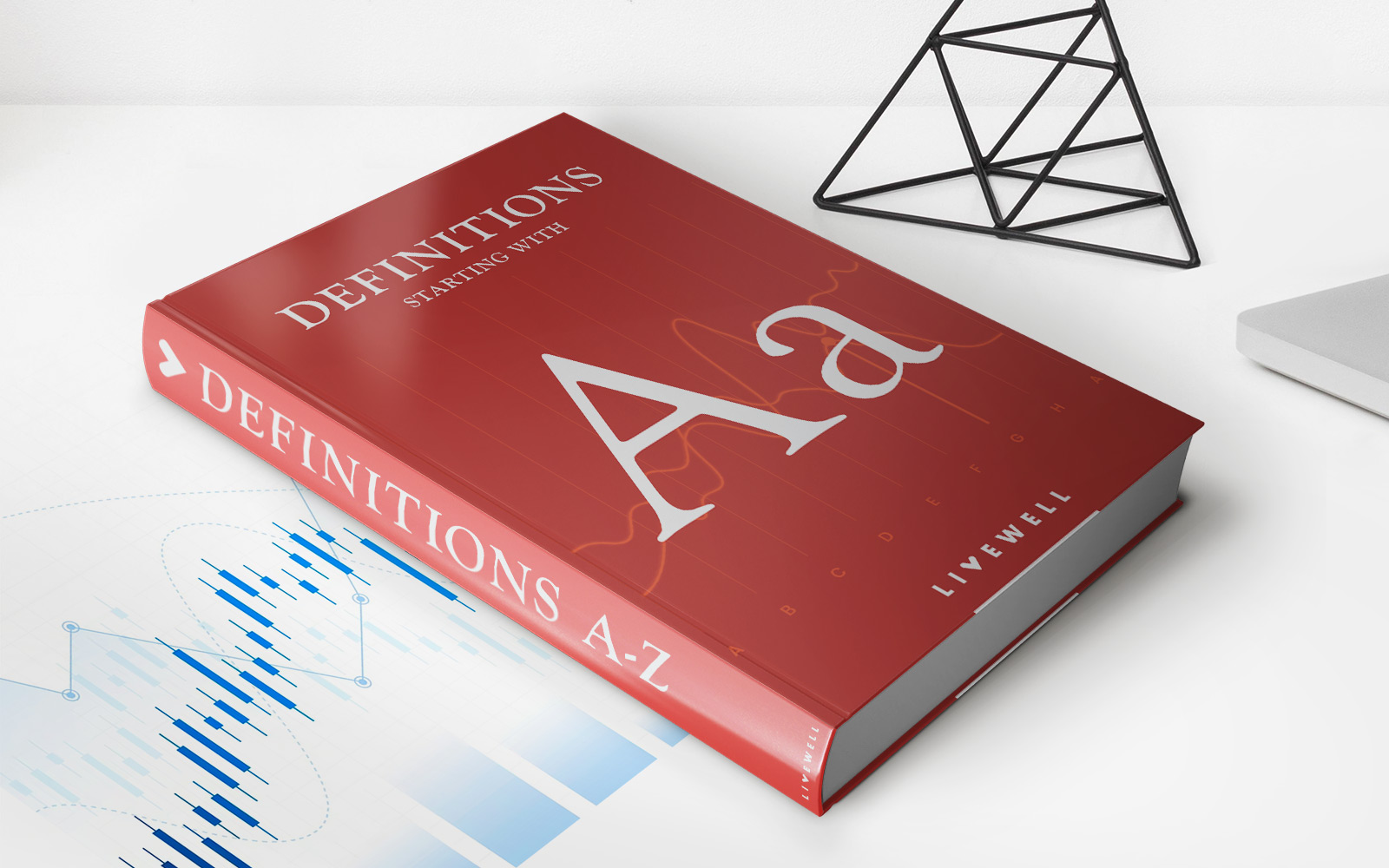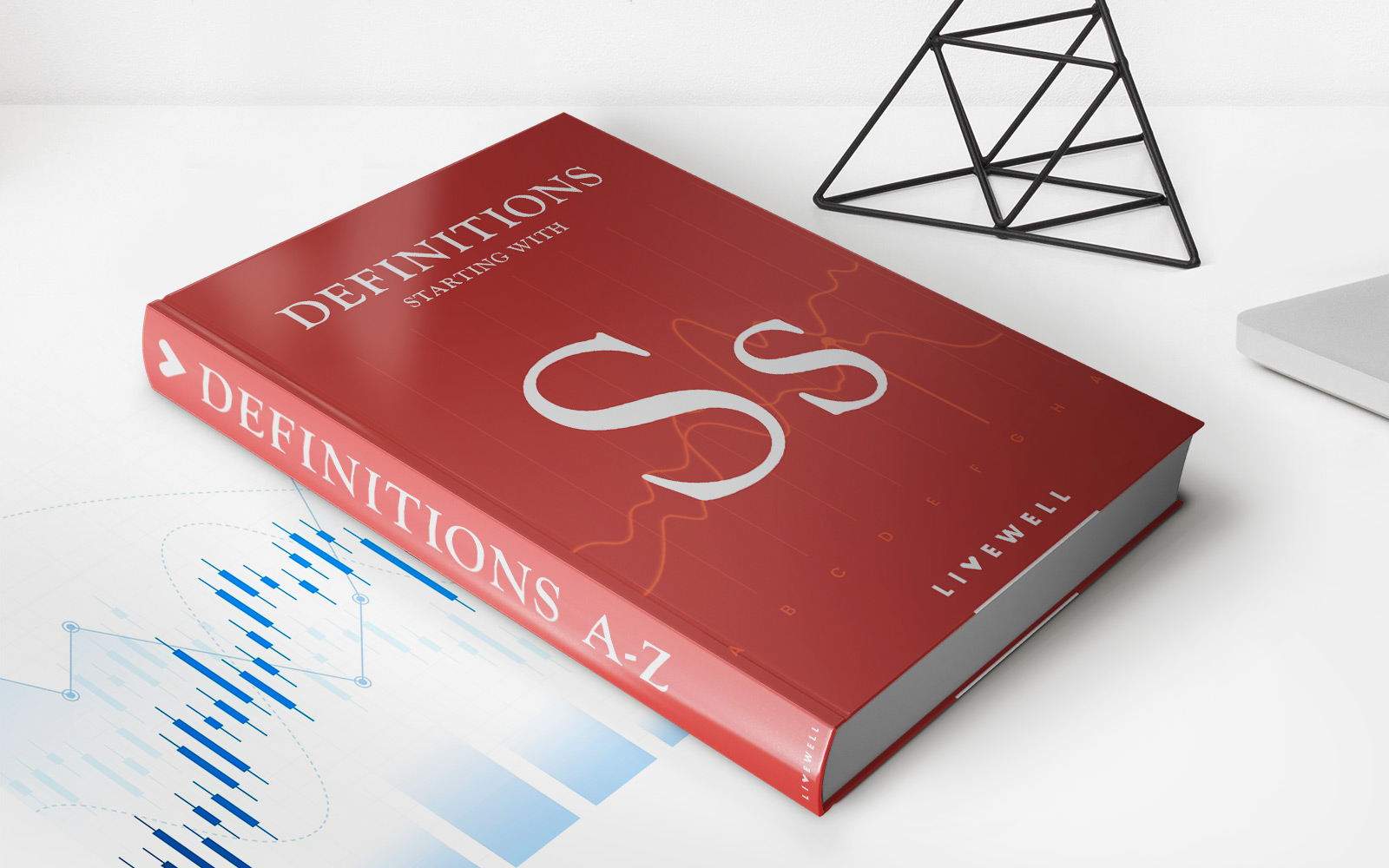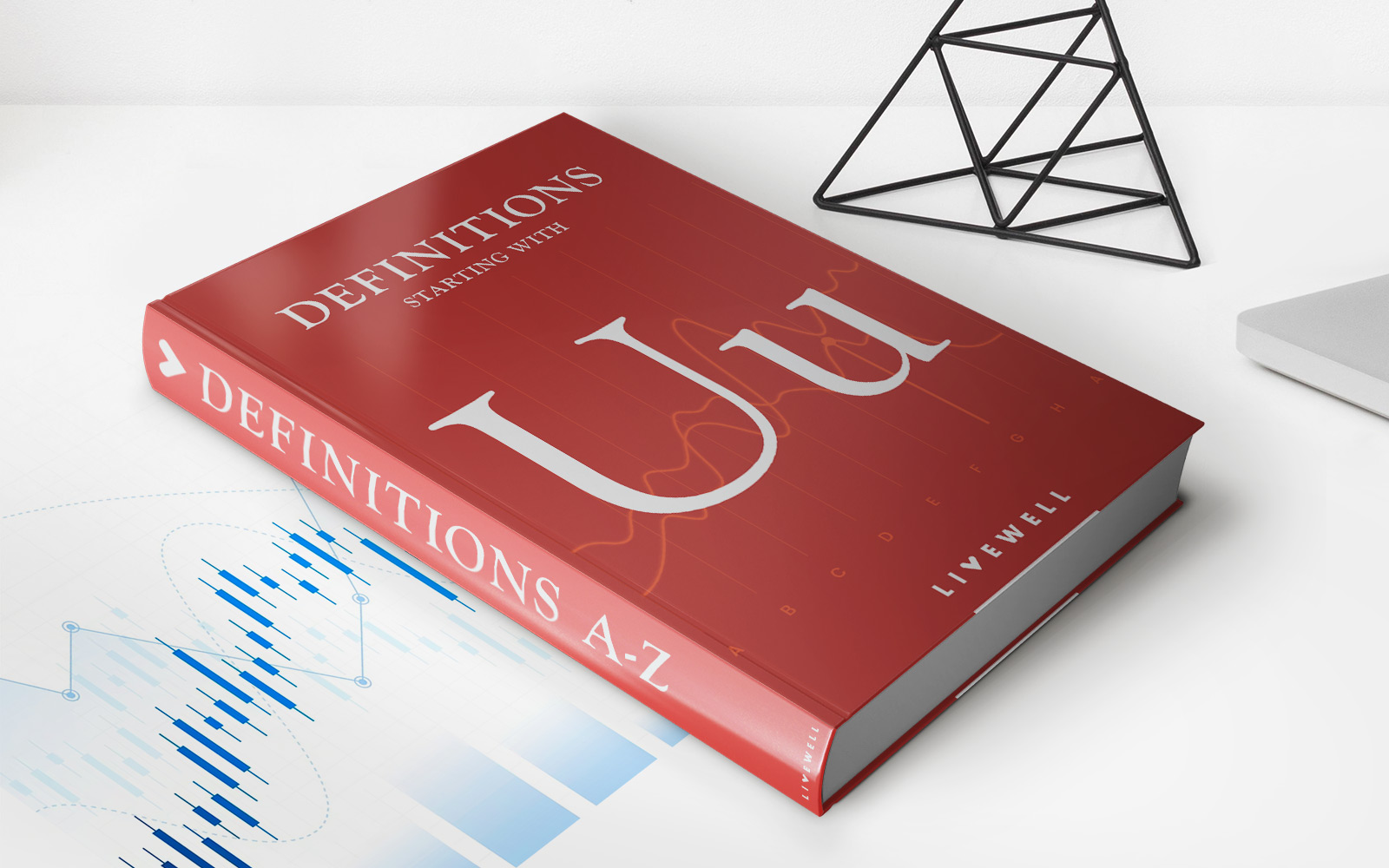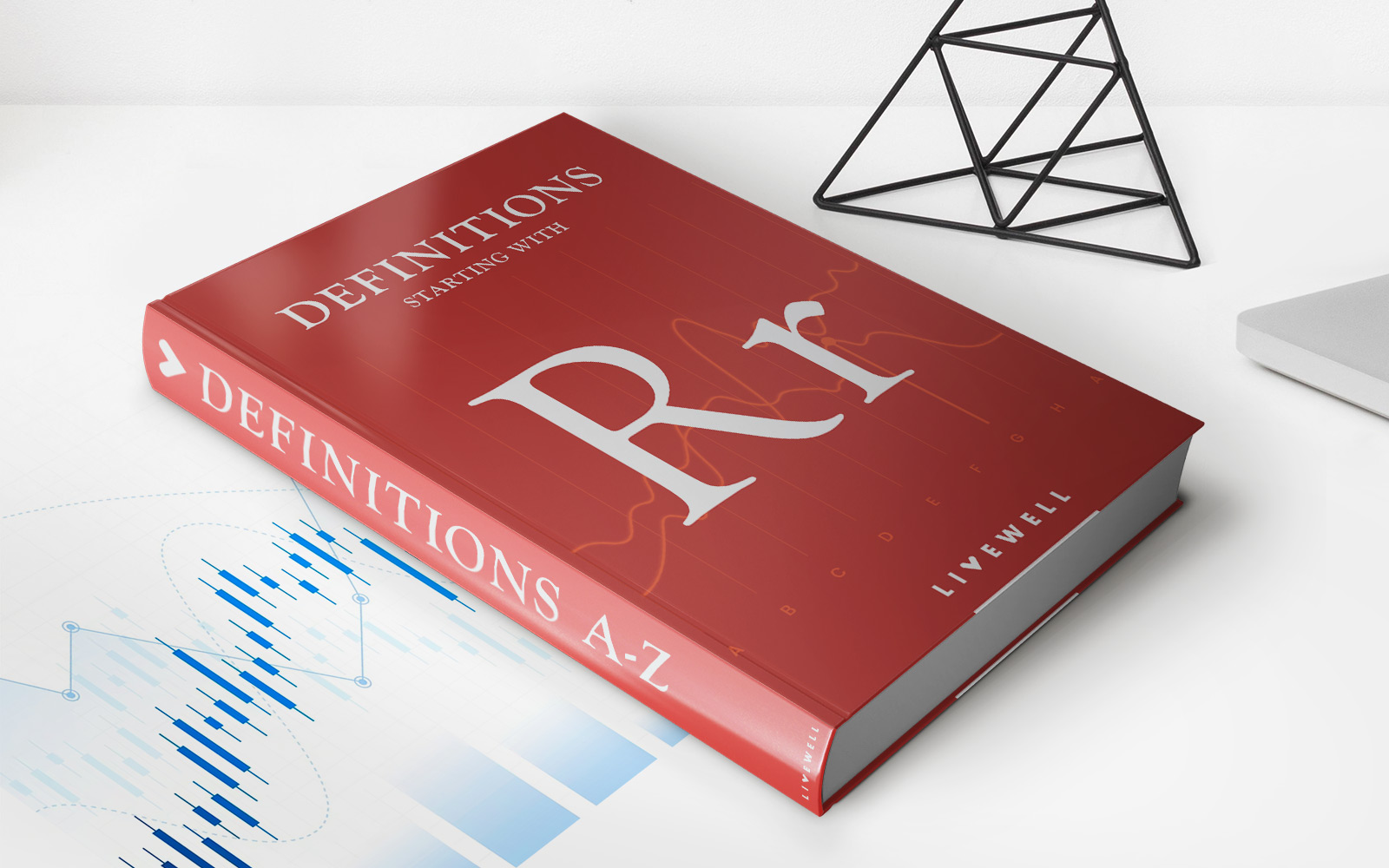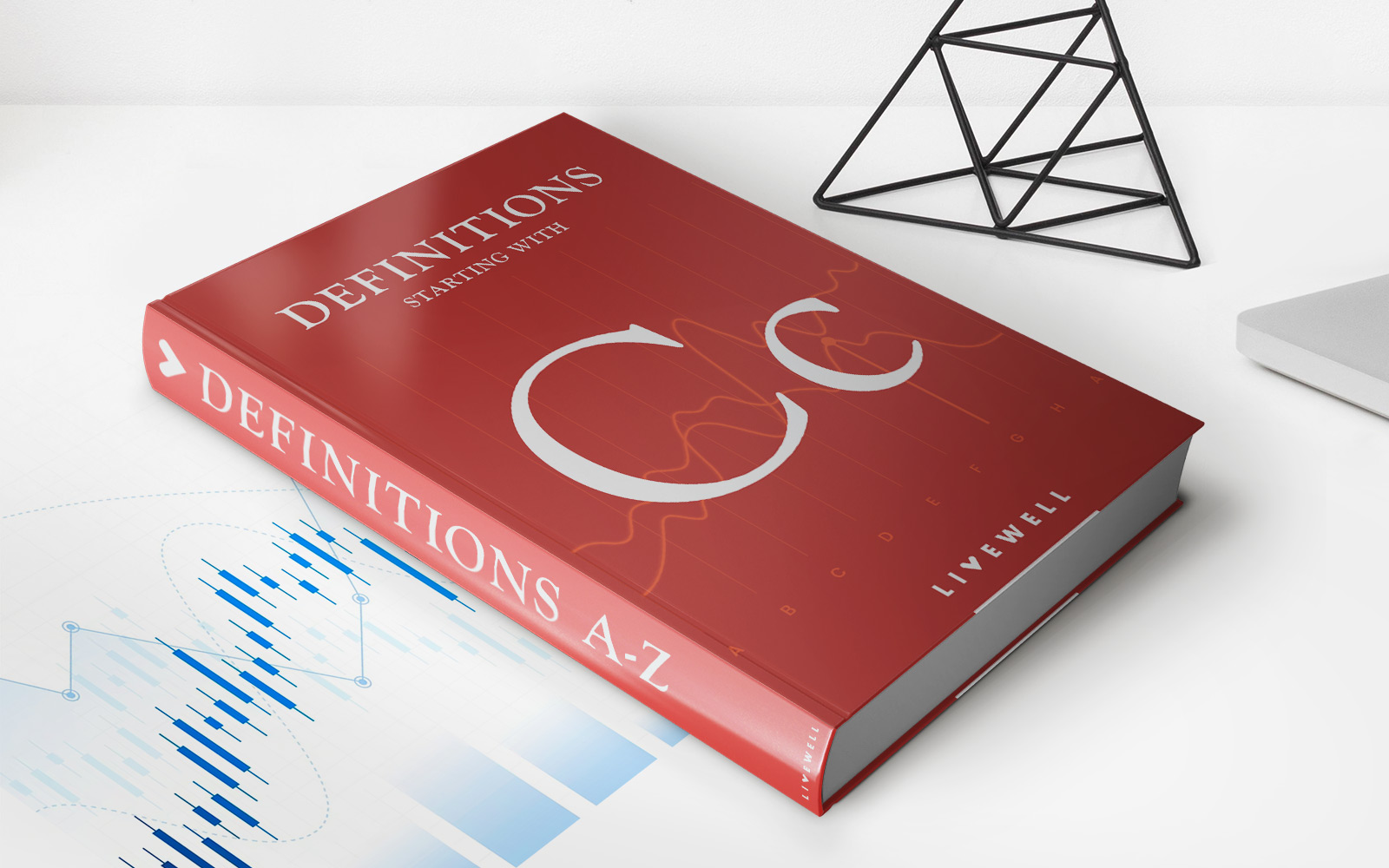Home>Finance>Treaty Reinsurance: Definition, How It Works And 2 Contract Types
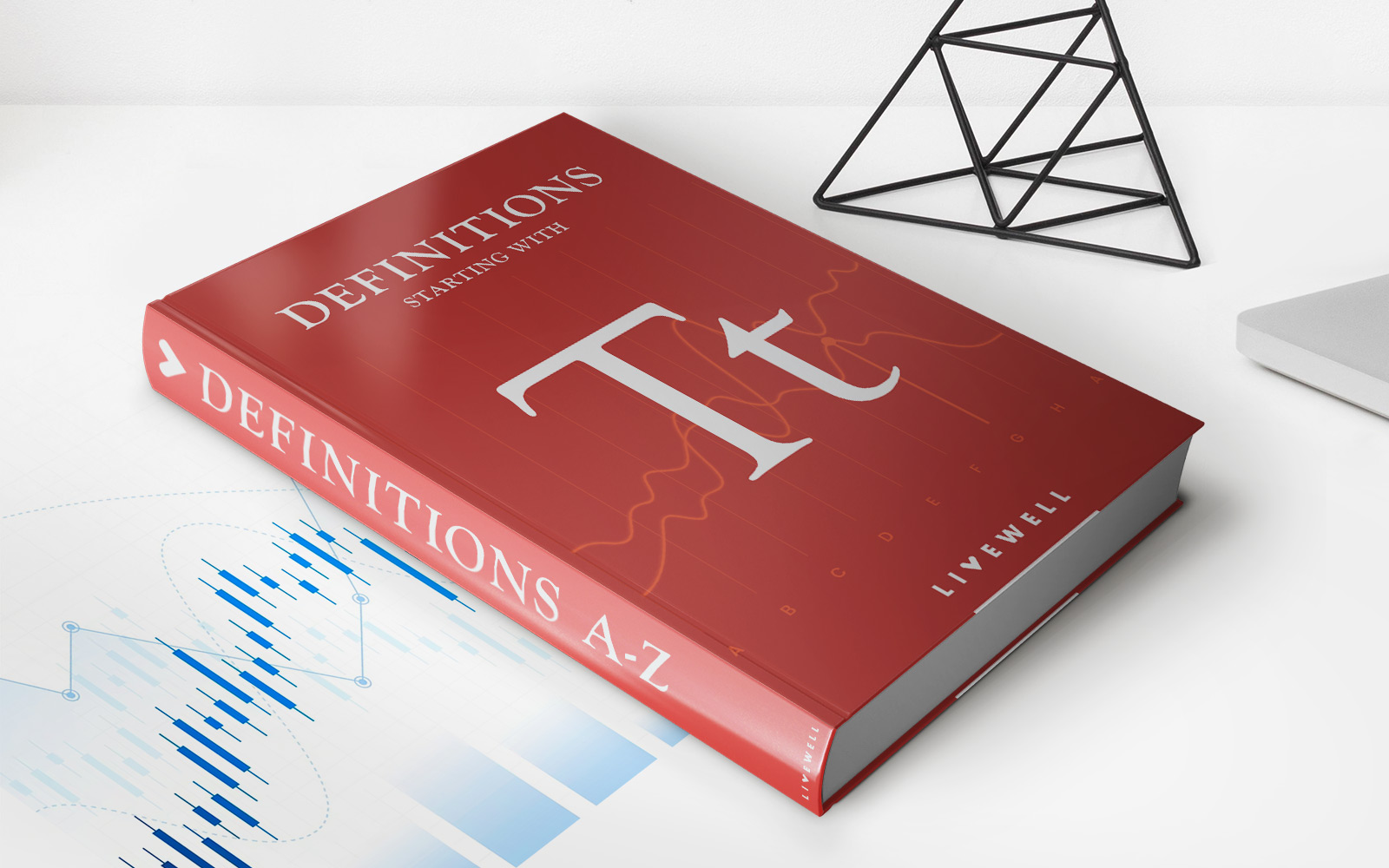

Finance
Treaty Reinsurance: Definition, How It Works And 2 Contract Types
Published: February 11, 2024
Learn about the definition and workings of treaty reinsurance in the finance industry, including the two main contract types.
(Many of the links in this article redirect to a specific reviewed product. Your purchase of these products through affiliate links helps to generate commission for LiveWell, at no extra cost. Learn more)
Treaty Reinsurance: Understanding the Basics and Contract Types
When it comes to managing risk, insurance companies often rely on reinsurance to share the financial burden of large claims or unforeseen losses. Treaty reinsurance, in particular, is a commonly used arrangement that helps insurers spread their risk by entering into contractual agreements with other insurance companies. In this article, we’ll explain what treaty reinsurance is, how it works, and discuss two common contract types in this domain.
Key Takeaways:
- Treaty reinsurance is a contract between two insurance companies where one insurer (ceding company) transfers a portion of its risks and liabilities to another insurer (assuming company).
- There are two primary contract types in treaty reinsurance: proportional and non-proportional.
What is Treaty Reinsurance?
Insurance companies face significant financial risks when they cover policyholders’ potential claims. To mitigate these risks and ensure their financial stability, insurers often opt for reinsurance. Treaty reinsurance, in particular, is a type of reinsurance contract that involves a long-term agreement between two insurance companies.
In treaty reinsurance, the ceding company (the insuance company seeking reinsurance coverage) transfers a portion of its policies, risks, and liabilities to the assuming company (the reinsurer). The ceding company pays the assuming company a premium in exchange for assuming a share of the risk and potential losses.
Treaty reinsurance provides several benefits to insurers:
- Improved Risk Management: By transferring risks to reinsurers, insurance companies can safeguard against unexpected or catastrophic losses.
- Capital Relief: Reinsurance allows insurers to free up capital that would otherwise be tied to potential claims, enabling them to underwrite additional policies and expand their business.
- Increased Capacity: With the help of reinsurers, insurers can take on larger policies and provide coverage for higher insurance limits.
How Does Treaty Reinsurance Work?
Treaty reinsurance works by establishing a long-term contractual agreement between the ceding company and the assuming company. The agreement specifies the terms and conditions under which the reinsurer will assume a portion of the risks and liabilities.
Here are the general steps involved in a treaty reinsurance arrangement:
- Underwriting: The ceding company assesses the risks associated with its policies and determines the level of coverage it requires from a reinsurer.
- Market Selection: The ceding company approaches potential reinsurers, considering factors such as the reinsurer’s financial stability, reputation, and expertise in the relevant insurance lines.
- Negotiation: The ceding company and the reinsurer negotiate the terms of the reinsurance treaty, including the premium, coverage limits, retention limits (the amount of risk the ceding company retains), and any additional conditions.
- Treaty Execution: Once the terms are agreed upon, the treaty reinsurance contract is signed, legally binding both parties to their obligations and responsibilities.
- Policy Administration: The ceding company cedes a portion of its policies to the reinsurer, providing regular updates and related information as necessary.
- Claims Settlement: In the event of a claim, the ceding company may rely on the reinsurer to contribute towards the settlement of the claim according to the terms outlined in the treaty.
Treaty Reinsurance Contract Types
Treaty reinsurance contracts can be broadly classified into two main types based on the sharing of risks and premiums:
1. Proportional Reinsurance
In proportional reinsurance, the ceding company transfers a fixed percentage of each insurance policy to the reinsurer.
Key characteristics of proportional reinsurance include:
- Shared Risks and Premiums: The reinsurer assumes a proportionate share of both the premiums and potential losses associated with the policies.
- Pre-determined Percentage: The ceding company and the reinsurer agree on a fixed percentage, determining the extent of the risk and premium sharing.
- Claims Handling: The reinsurer typically handles claims directly related to the policies covered under the proportional reinsurance agreement.
2. Non-Proportional Reinsurance
Non-proportional reinsurance, also known as excess of loss reinsurance, involves the ceding company transferring a portion of its risk only when it exceeds a specified limit.
Key characteristics of non-proportional reinsurance include:
- Risk Coverage Threshold: The ceding company sets a threshold, known as the retention limit, and the reinsurer covers losses exceeding this threshold.
- Selective Risk Transfer: Non-proportional reinsurance allows the ceding company to transfer specific risks, such as catastrophic events or high-value claims.
- Premium Calculation: The premium for non-proportional reinsurance is typically based on the ceding company’s historical losses, specific risk exposure, and the coverage limit required.
Conclusion
Treaty reinsurance plays a vital role in managing the risks faced by insurance companies. By entering into contractual agreements with reinsurers, insurers can spread the financial burden, improve risk management, and enhance their overall business stability. Understanding the basics of treaty reinsurance and the different contract types is crucial for both insurance professionals and policyholders alike.
